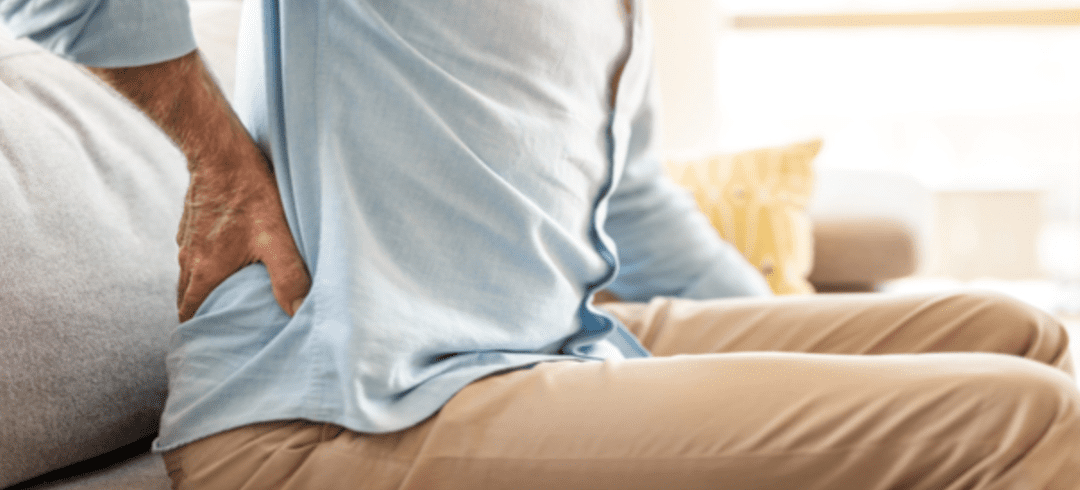Lower back pain is a common condition that affects millions of people worldwide and can be caused by several factors. It is estimated that about 80% of adults will experience lower back pain at some point in their lives. Here we will discuss how to relieve lower back pain.
While some cases of lower back pain are mild and can be easily treated at home, others may require medical attention. If you are experiencing lower back pain, it is important to seek a medical evaluation to determine the underlying cause so an appropriate treatment plan can be developed to help relieve symptoms.
Causes of Lower Back Pain
Lower back pain can be caused by several factors, including:
- Poor Posture: Sitting or standing for long periods in the wrong posture can cause lower back pain.
- Injury: An injury to the lower back, such as a sprain or strain, can cause pain.
- Herniated Disc: A herniated disc can cause lower back pain by pressing on the nerves in the lower back.
- Arthritis: Arthritis can cause inflammation in the joints of the lower back, leading to pain.
- Osteoporosis: Osteoporosis weakens the bones in the spine, making them more prone to fractures.
Symptoms of Lower Back Pain
- Lower back pain can manifest in various ways, including:
- Dull or sharp pain in the lower back.
- Pain that radiates to the legs.
- Stiffness in the lower back.
- Numbness or tingling sensation in the legs.
- Weakness in the legs.
Relief Options for Lower Back Pain
Exercise: Exercise is an important part of managing low back pain. Regular exercise can help strengthen the muscles that support the lower back, improve flexibility and range of motion, and reduce the risk of future injuries.
Stretching: Gentle stretching can help relieve tension in the muscles and alleviate pain. Remember to listen to your body and move slowly and gently, especially if you’re experiencing pain.
Heat Therapy: Also known as thermotherapy, this therapy can help to relax muscles and increase blood flow to the affected area, which can be helpful in reducing muscle tension and stiffness.
Cold Therapy: Also known as cryotherapy, this therapy can help reduce inflammation and swelling. It can be most helpful in the first 48-72 hours after a back injury using the 20 minutes on and 20 minutes off timing method.
Medications: Over-the-counter pain relievers such as ibuprofen, aspirin, or acetaminophen can help alleviate pain. Be sure to speak to your healthcare provider on which options are best for you.
Massage Therapy: Massage therapy can be an effective treatment option for lower back pain, as it can help to relax tight muscles, increase circulation, and reduce inflammation. However, it’s important to note that massage therapy should be used in conjunction with other treatments and under the guidance of a healthcare professional.
Chiropractic Care: Chiropractic care involves the manual manipulation and other techniques to help alleviate pain, improve mobility, and restore function.
Regenerative Medicine for Lower Back Pain
Regenerative medicine is a rapidly growing field of medicine that focuses on inflammation and the repair and regeneration of damaged tissues. In recent years, regenerative medicine has shown promise in the treatment of lower back pain. There are several regenerative medicine techniques that are being used to treat lower back pain, including:
Platelet-rich plasma (PRP) therapy: PRP therapy involves injecting a concentrated dose of platelets, growth factors, and other healing factors derived from the patient’s own blood into the damaged area of the lower back. These growth factors promote tissue repair and regeneration, reducing inflammation and pain.
Stem cell therapy: Stem cell therapy involves injecting stem cells derived from the patient’s own bone marrow or adipose tissue into the damaged area of the lower back. These stem cells have the ability to differentiate into various types of cells, including bone, cartilage, and muscle cells, which can help repair and regenerate damaged tissues.
Prolotherapy: Prolotherapy involves injecting a solution of dextrose or other irritants into the damaged area of the lower back. This solution stimulates the body’s natural healing process, promoting tissue repair and regeneration.While regenerative medicine techniques have shown promise on the effectiveness and safety for treatment of lower back pain, research will continue to help build on this foundation of studies. It is also important to note that these treatments may not be appropriate for all patients and should only be performed by trained medical professionals. If you are experiencing lower back pain, it is important to speak with your healthcare provider to determine the best course of treatment for your specific condition.


 St. Petersburg, Florida
St. Petersburg, Florida
